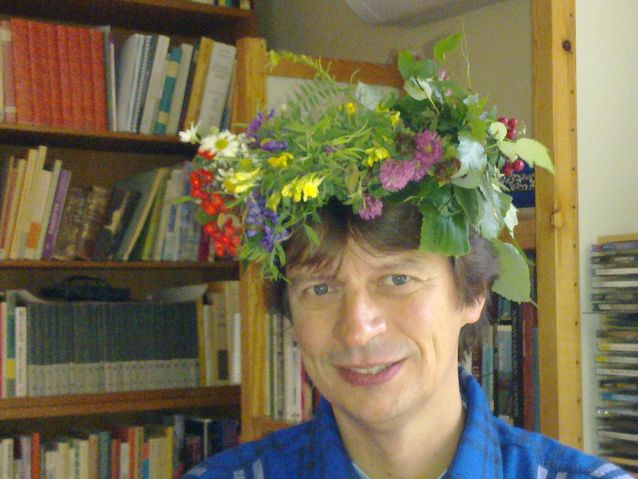Jan Lindström
Jan Krister Lindström
Born April 4, 1964, Helsinki
Master of Arts 1990 (Scandinavian languages), Licentiate 1993 and PhD 1999, University of Helsinki
Teaching assistant, Scandinavian languages, 2002-04, acting professor 2005, 2007-08, professor 2008–, University of Helsinki
Vice-dean of the Faculty of Arts 2010-13, University of Helsinki
Director of the Faculty for Scandinavian Languages and Literature 2006-09, University of Helsinki
Research doctor 2002-05, the Samtalsspråkets grammatik – Grammar in Conversation project, University of Helsinki (Swedish Foundation for Humanities and Social Sciences)
Linguistics working group member 1998, Svenska litteratursällskapet i Finland
Publications, research projects and other academic activity
Research themes:
Interactional linguistics, language contact and Fenno-Swedish, construction grammar, language policy
Awards:
Oskar Öflund Foundation award 2012
Svenska litteratursällskapet i Finland prize for academic monographs 2009
Svenska litteratursällskapet i Finland prize for doctoral dissertations 2000
Photo: Veikko Somerpuro
Written by Jan Lindström (Tomas Sjöblom ed.)
Translated by Matthew Billington

